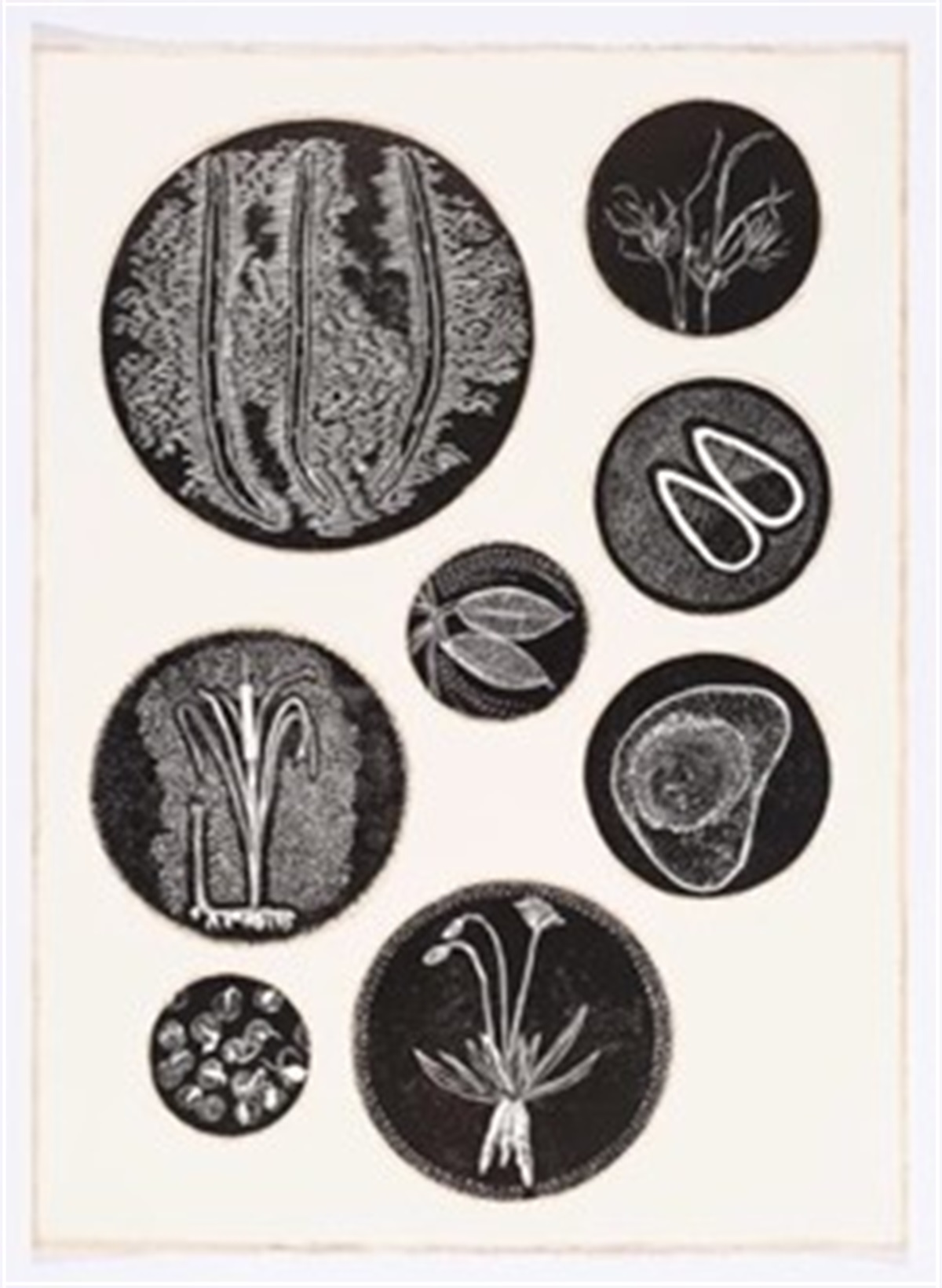A section from the 6th Battalion, the Royal Australian Regiment (6RAR) blew apart a door with a thunderous roll-up charge, before moving from cover and entering the building.
“With you” echoed as each digger made their way through the splintered entry point.
It was part of an infantryman’s ‘tool box’ of enhanced combat shooting, small arms and breaching drills – spread across three Queensland locations in November.
The four-week urban exercise involved a platoon-sized group of soldiers from 6RAR and instructors from 8th/9th Battalion, the Royal Australian Regiment, where experienced hands were able to get back on the tools, and those unqualified soldiers learnt new skills.
Sergeant Sam Jamieson, of 6RAR, said the training was well thought out given most members didn’t hold the qualification.
The soldiers learned new skills to improve battlefield awareness and survivability in the field, making them more lethal, according to Sergeant Jamieson.
“From individual drills to line-shooting and then moving into more complex three-person and team drills. It was structured all the way up to the platoon level,” he said.
Every breach was well constructed with a high level of skill in building explosives, according to the platoon sergeant.
“From the reactions, it gave them an appreciation of just how complex it can be to conduct either live explosive or mechanical breaching to gain entry into a stronghold,” Sergeant Jamieson said.
“The global front says that most war right now is conducted in some sort of urban built-up area; that’s certainly the way we are going.”
Sergeant Jamieson said the risk of civilians being caught up in conflict was heightened inside urban environments, making realistic training vital.
“We have learnt through Afghanistan and Iraq, even Vietnam, that a non-combatant can become a combatant, and a combatant a non-combatant, very fast,” Sergeant Jamieson said.
“We need to identify this, and it was introduced very early on in the course, which enabled soldiers to establish a very good level of positive identification.”
Ahead of becoming a company commander at 6RAR, Major Thomas Bourke took part in the exercise and said close-quarter combat and urban were key areas of focus for his soldiers.
“This course is really good for all the diggers to see what the benchmark is,” Major Bourke said.
Explosives took the place of sledgehammers in breaching, with Wide Bay training areas sounding like Sydney Harbour on New Year’s Eve.
Snib, roll-up and satellite charges were used, and Major Bourke said the team witnessed the different results of each.
“They really got an appreciation for the snib charge. It’s so much smaller than the satellite and roll-up, but because we did it inside it felt much bigger than the two,” Major Bourke said.
With this course being the pre-requisite to an urban live-fire early next year, Major Bourke said his soldiers were ready to take on the live component.
“We will just constantly have to keep working on making sure our skills are tight and sharp,” he said.
“We can’t forfeit our green role in our jungle training to just purely focus on urban; we need to be flexible and we don’t know where we’re going to be operating.
“We need to have all the tools in our belt to be able to handle the shift.”








